Archaeology and the Biblical Record
Bernard Alpert and Fran Alpert
Hamilton Books
A member of
The Rowman & Littlefield Publishing Group
Lanham Boulder New York Toronto Plymouth, UK
Copyright 2012 by
Hamilton Books
4501 Forbes Boulevard
Suite 200
Lanham, Maryland 20706
Hamilton Books Acquisitions Department (301) 459-3366
10 Thornbury Road
Plymouth PL6 7PP
United Kingdom
All rights reserved
Printed in the United States of America
British Library Cataloging in Publication Information Available
Library of Congress Control Number: 2011946152
ISBN: 978-0-7618-5835-5 (paperback : alk. paper)
eISBN: 978-0-7618-5836-2
Cover image depicts spies returning from Canaan bearing fruits of the Land of Milk and Honey. The Israelites reject their minority report, causing them to wander an additional forty years in the wilderness (Numbers 13 and 14).
 The paper used in this publication meets the minimum requirements of American National Standard for Information SciencesPermanence of Paper for Printed Library Materials, ANSI Z39.48-1992
The paper used in this publication meets the minimum requirements of American National Standard for Information SciencesPermanence of Paper for Printed Library Materials, ANSI Z39.48-1992
When I have a difficult subject before me.... [and] can see no other way of teaching a well-established truth except by pleasing one intelligent man and displeasing ten thousand fools, I prefer to address myself to one man and take no notice whatever of the condemnation of the multitude.
Moses Maimonides,
Moreh Nevuchim: The Guide for the Perplexed
Contents
Acknowledgments
We are grateful for the hard work and efforts of archaeologists and Biblical scholars who have, over the recent past, accumulated knowledge that has allowed us to formulate this book; in particular, we acknowledge Israel Finkelstein, Neil Asher Silberman, Richard Elliott Friedman, William G. Dever, James L. Kugel, and Michael Fishbane, along with many others. It is our hope that readers will turn to their research for further study and enlightenment.
We also extend thanks to:
Karen Stang Hanley, our editor, who helped us through the myriad details associated with publishing. Her calm yet enthusiastic guidance has propelled this work to fruition.
Dr. Ian Stern and Heidi Stern, valued long-time colleagues and friends.
Professor Amos Kloner, who mentored us during our early years at Tel Maresha.
Julia Filipone Erez, a creative artist and our talented illustrator.
Dr. Betsy Katz and Michael Katz for acting as our sounding boards.
Our Bible Study Group, whose members have contributed to our knowledge for more than 35 years.
Michael Hoffman and Daniel Alpert of See3 Marketing for their expertise.
Dr. Norman Enteen, Dr. Ted Miller, Barry and Jill Levenfeld, Peter Halban, the staff of the Institute of Archaeology, Oxford, for their inspiration and encouragement.
Iris, Abby, Andrea and Chava Alpert, Dr. Gerald Selvin and Michael Bloom for their early commitment to this endeavor and their continued support.
Several translations of the Biblical text were used and an effort was made to preserve the essence of the work.
Historical Time Periods according to the Bible*
Middle Bronze Age 18501550 BCE
18501750 Age of the Patriarchs and Matriarchs
17501550 Hyksos Invasions and Rule in Egypt
Late Bronze Age 15501200 BCE
El Amarna Period; Exodus and Revelation at Sinai; emergence of the Israelite people
Israelite Period 1200586 BCE
Iron Age I 1200980 BCE
1200980 Judges; Philistine invasion
Iron Age II 1020722 BCE
1020980 United Monarchy: Saul, David and Solomon
980722 Divided Monarchy; fall of Israel to Assyrians
Iron Age III 8th century586 BCE
722586 Kingdom of Judah; period of Classical Prophets
586 Fall of Judah; Jews exiled to Babylon
Babylonian Period and Persian Period 586322 BCE
Persian rule; Exiles return to Judea; Second Temple completed
Ezra and Nehemiah; Alexander conquers Judea; Maccabean War
Hanukkah
Hasmonean and Herodian Period 167 BCE70 CE
Hasmonean rule; Roman rule; Herod enlarges Second Temple
Beginnings of Christianity; Jewish revolt leads to destruction of Jerusalem and the Temple
*Note: Most dates are approximate except those after the 7th century BCE, when events can be confirmed by outside (non-Biblical) sources.
Introduction
The dramatic story of the Israelite people spans Abrahams journey from Mesopotamia to Canaan; the deliverance from slavery; the wandering in the desert and the Revelation at Sinai; the emergence of the Israelite people in Canaan; and the rise and fall of the early monarchy followed by the destruction of the Northern Kingdom. Despite their familiarity, however, these events did not occur as they are described in the corresponding five books of the Bible.
So why re-scrutinize that same Bible which has nourished and sustained humankind for a millennium? The Biblical narrative has been explored repeatedly by theologians, historians, and Biblical archaeologists. The revisionists and minimalists (those who disclaim the traditional Biblical account) in the area of Biblical studies have been challenged by a broad spectrum of both Jewish and Christian lay teachers. However, the latest interpretation of Biblical events in relation to archaeological studies has not made an impact on the teaching of mainstream established religion. We have not succeeded in engaging our youth in the reality of what the Biblical narrative represents; instead we leave them with oversimplified and often incorrect answers. We avoid serious and honest confrontation with the Biblical text.
At the same time, fundamentalists of all faiths are still insisting on the truth of the Biblical creation text nearly 150 years after Darwin and almost 90 years after the Scopes trial. Intelligent design and creationism are recent and widely popular responses to the theory of evolution. In fact, some believe that if the theory of evolution is accepted, Israel will lose its right to the land of Israel. The archaeological record shows that the Israelite nation began to coalesce by approximately 1200 BCE, establishing itself as an autonomous kingdom around 1000 BCE. This dating confirms Israels right to the territory of the state of Israel 1000 years before Christianity, and 1600 years before Islam.
According to the archaeological record, the history of the Jewish people prior to the 8th to 7th century BCE that is described in the Bible may have happened, but the sequence of events was probably different. From the Middle Bronze Age to Iron Age II the narrative was rewritten by revisionists over a relatively short period of time, in order to give the Israelites a cohesive and exciting narrative aimed at shaping their national identity. The issue of a God concept is not altered or denied by this archaeological evidence; only the time frame of its development is reconsidered. The Bibles value lies not in its historical accuracy, but rather in the religious and theological truths it conveys through the use of narratives, laws, wisdom-literature and prophecy (Levine 1995).
There have been many attempts to refute the authority of the Bible. Biblical criticism, when it developed in the 19th century, attempted to show that the Bible was written by a series of editors and redactors (those who selected, abridged and combined text from earlier manuscripts to produce the Biblical narrative). These theories were disparaged by traditional Biblical scholars and theologians, who defended the Bible as a more authentic and historical document that was divinely received at Sinai and accepted by Jews, Christians, and Muslims. No proof can be presented that will dishearten these believers. The actual archaeological evidence discussed in these pages cannot be wished or washed away, and our purpose is to enlighten the open-minded reader to see that It Aint Necessarily So!

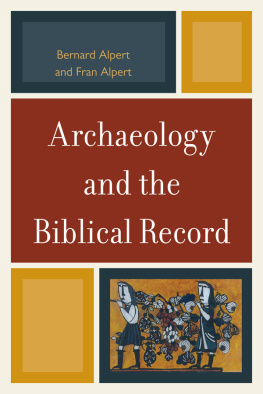
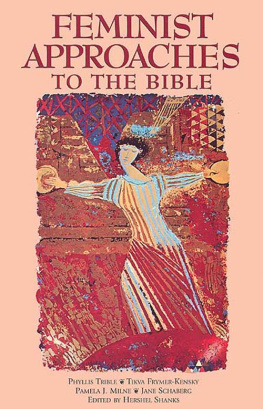
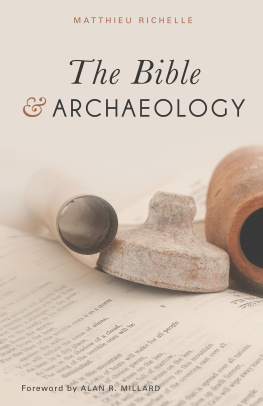
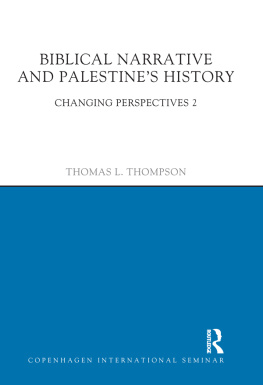
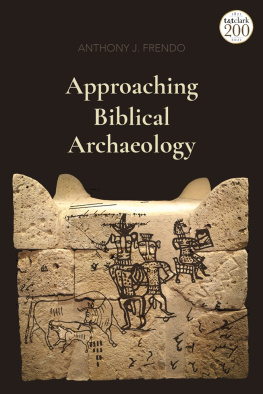


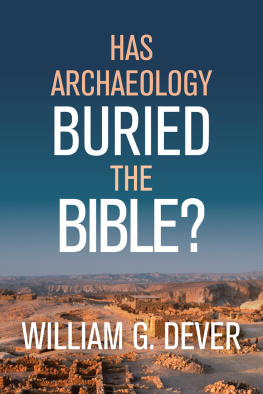
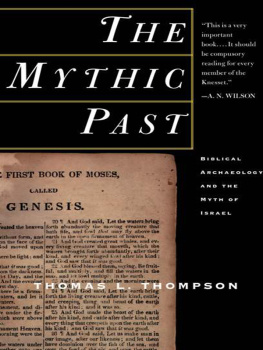
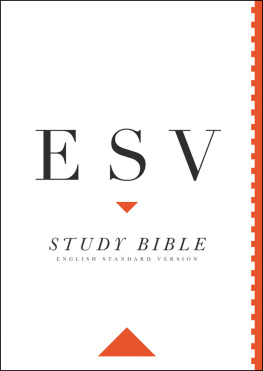
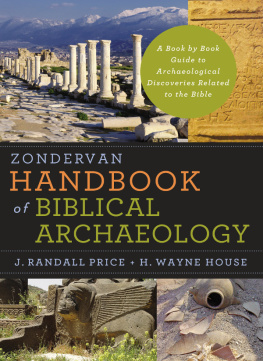
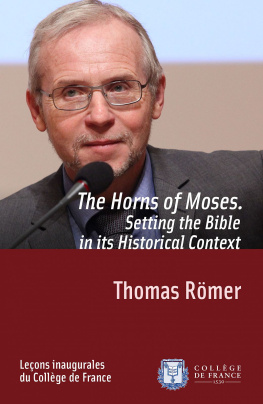
 The paper used in this publication meets the minimum requirements of American National Standard for Information SciencesPermanence of Paper for Printed Library Materials, ANSI Z39.48-1992
The paper used in this publication meets the minimum requirements of American National Standard for Information SciencesPermanence of Paper for Printed Library Materials, ANSI Z39.48-1992